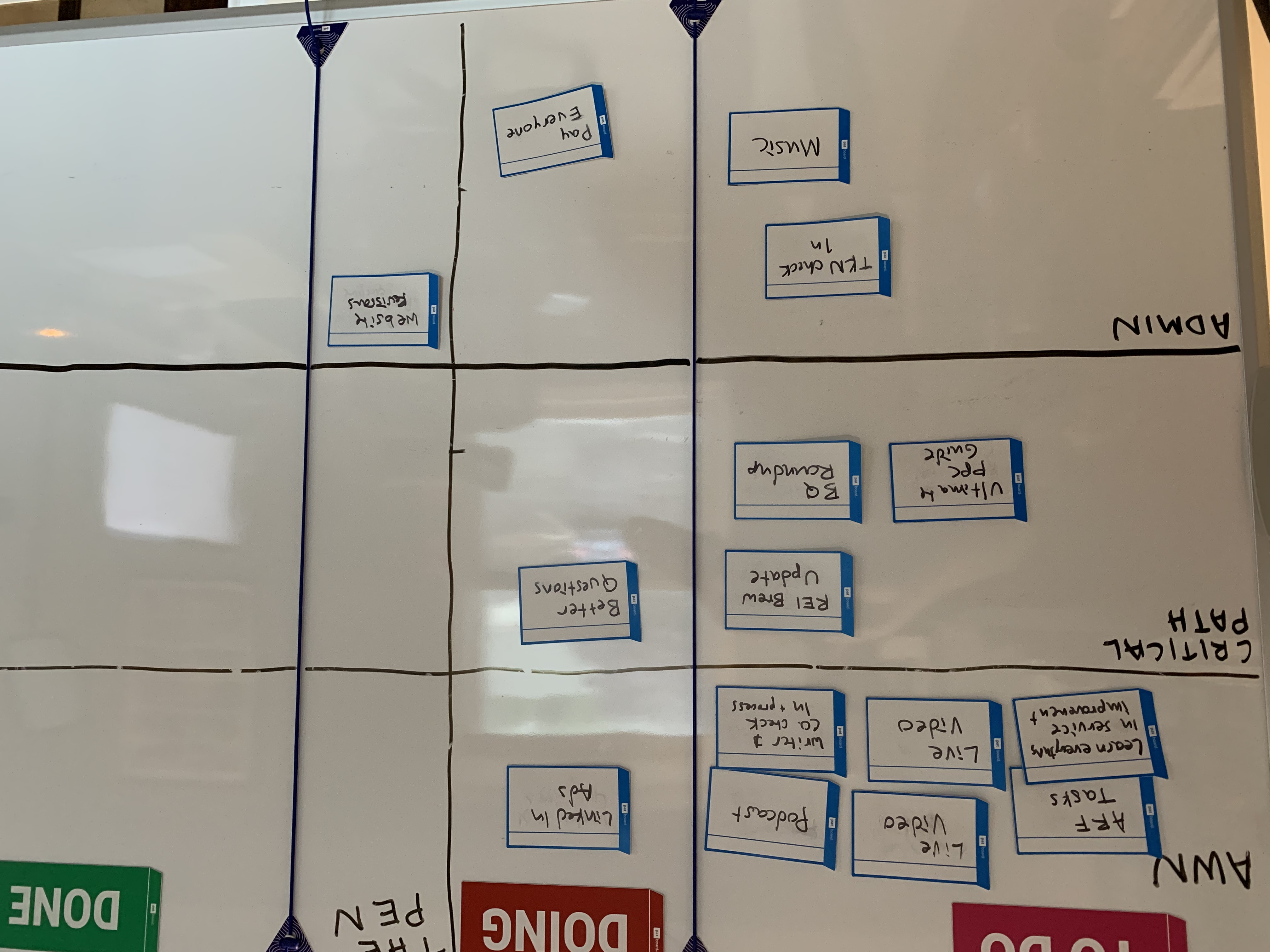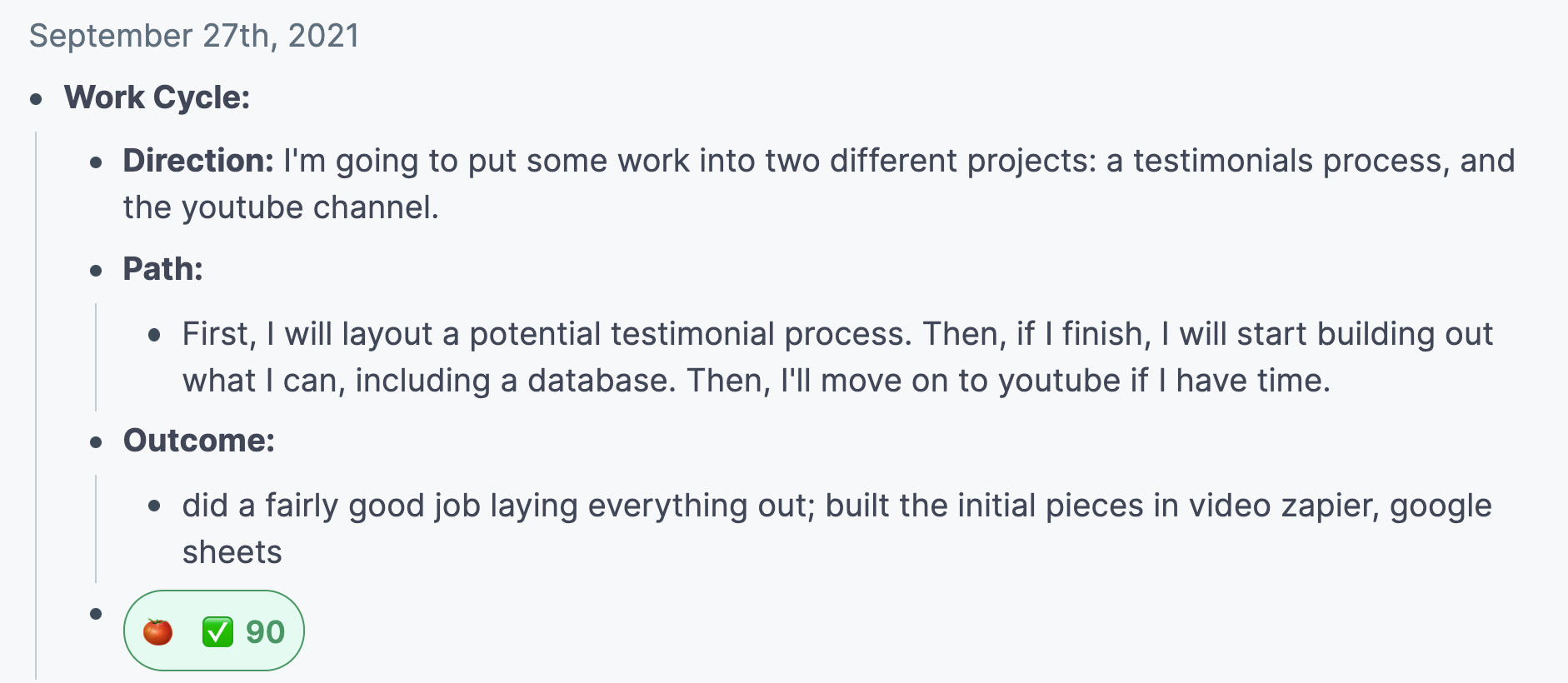Better Questions is supported by readers like you. If you get value from my writing, consider becoming a supporting member. Exclusive content, weekly deep-dives, free beta-access to future courses and more. Thanks.
----
Let's start with a brutal truth:
If what you do is easy to figure out, it won't be what you do for very long.
That's because the rate of automation - whether it be robots or AI or machine-learning - is increasing by the day.
You don't need to be an economics professor to see this:

People are expensive.
Robots are getting cheaper...and more sophisticated.
Eve in industries thought to require a "human touch" (like advertising, where I make my living), AI is playing a larger and larger role by the day.
Simply put:
If you can break what you do into a checklist, a robot can do it.
If not now, then soon.
I'm probably not telling you anything new. In fact, most of us have switched over to tasks that are more...nebulous. A little more contextual. Tasks that require a human's sense of what's appropriate, what "feels" right.
Creative tasks.
While this move to creative work is good for keeping the robots at bay (for now, anyway), it brings it's own issues.
Namely:
How the hell do I know what to spend my time on?
If your job is "creative" - meaning it's on you to achieve a certain goal or outcome, but the way to get there isn't clear - how do you know whether you're working on the right things?
How do you know how to manage your time?
How do you know you're not headed down a blind alley?
This is an issue that comes up for me daily.
Here's a picture of my task board (my "Personal DanBan") as of Monday this week:

There's some normal, recurring tasks on there ("Pay Everyone," "Better Questions," etc - wow, pretty meta, man)...
But there's also a bunch of experimental things, like "Learn everything in service improvement plan," "LinkedIn Ads," and "Website Revisions" - all of which could be total game-changers or, as is most likely, complete wastes of time.
Because the way forward is so unclear - and because I need a consistent way of moving several different types of tasks forward to completion so that I can judge their effectiveness - I needed an effective way of dividing up my day.
I needed to break my workdays up into component parts, each with a clear outcome in mind.
And I needed to make sure I stayed on task, getting each project to a done-enough state where it could be tested.
What I landed on was the Work Cycle.
It's very simple, very fast to implement...
And very effective.
Working With Work Cycles
I should say upfront - I did not come up with the term "Work Cycles."
In fact, that term came from the website Ultraworking. You can grab their own Work Cycle template for free.
But the Ultraworking version of Work Cycles never caught on with me.
Maybe it was just the fact that I didn't love the idea of "Ultraworking." Generally, I'd like to work less, not more.
Maybe it was the fact that their Work Cycle set up felt...complicated. There was just enough friction in the process to make me fall off the habit after a few days of testing.
The core concept is a strong one, though:
Set a finite amount of time you're going to work....
Set a clear objective for that time...
Then get down to it.
My own version of Work Cycles is stripped down to it's bare bones, so I can get all the benefits with far less time spent.
In my own system, a Work Cycle has the following components:
Time, which is a specific amount of time I'm going to spend working. Generally, this is 90 minutes (taken from the well-known Pomodoro Technique)
Direction, which is what I want to accomplish in the time allotted....
Path, which is how I'm going to accomplish that thing, and how I'm going to get started....
And the Outcome, which is a quick note on how things went.
And that's it.
Before I start working on something, I take a quick moment to jot down the Work Cycle template I made (more on that in a moment) and jot down some notes. Then I hit start on the timer and I'm off to the races.
Here's a picture of a real-life Work Cycle:

I do my work cycles in Roam Research, but you could do them in Evernote, Notes on your phone, or even - gasp - a physical notebook.
What matters is the habit - and training yourself to think in small, discrete blocks with clear outcomes.
I've made a video going over my specific workflow for using Work Cycles in Roam below. If you're curious, take a look!
Regardless of what medium you use, try Work Cycles out for yourself and let me know what you think. They've been a massive help to me, and I hope they'll be the same to you.
(By the way, if you're curious about how I use Roam - and I use it all day, every day, for everything I do - then check out Ultimate Idea Machine. It's a full-length course breaking down my entire workflow, including how I write Better Questions, run my business, and more.)
